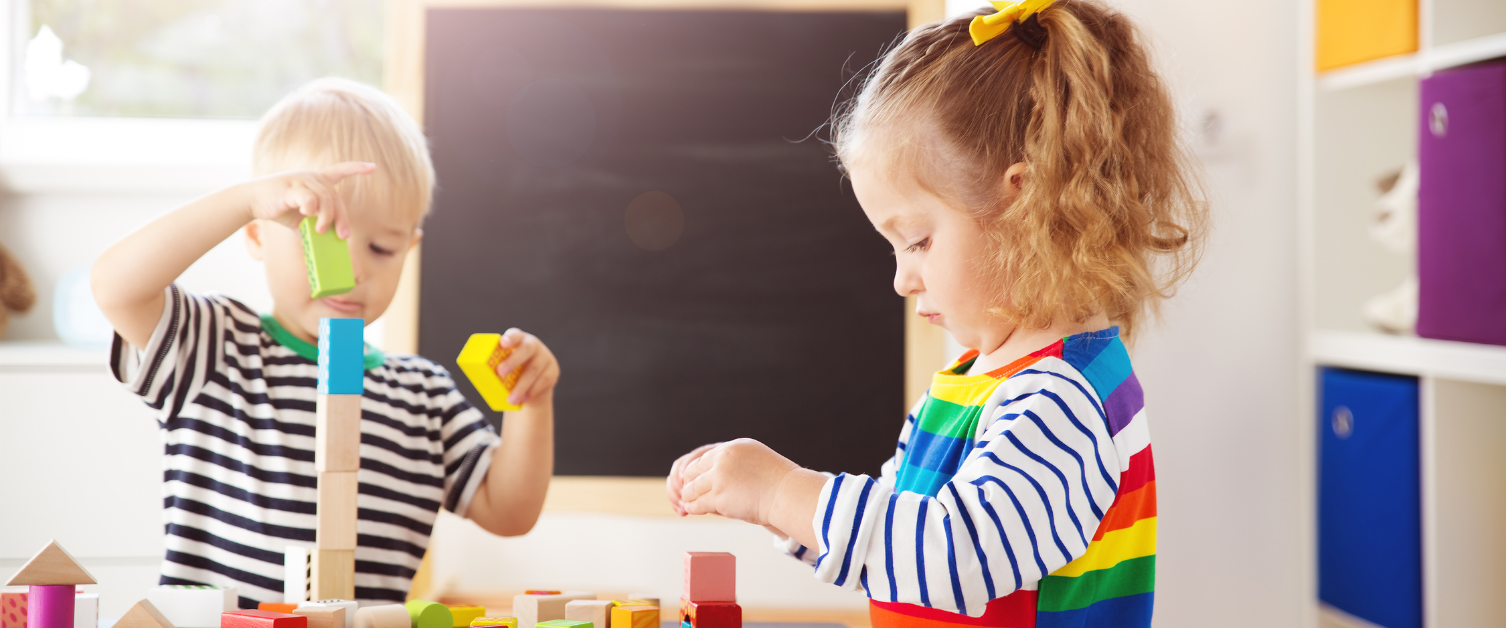Expressive language

Use of language (expressive language)
Using language means being able to use words, phrases and sentences in a way that is meaningful and grammatically accurate. Use of language is important as it allows children to be able to express their wants and needs, share ideas, tell stories, answer questions, give instructions and argue a point as well as many other things.
To be able to use language successfully we need to be able to label objects, describe actions and events, put words together in sentences and use all the rules of grammar.
Things that can impact on how well children use language:
- Poor attention and listening skills
- Poor understanding of words and language
- Reduced vocabulary
- Poor word finding abilities
- Difficulties with memory
- Overall level of development
- Limited desire to communicate
How children may present when they have difficulties using language:
- Talking less than their peers or talking lots but not making sense.
- Misnaming lots of objects, for example, calling a ‘cat’ a ‘cow’.
- Using key words only and missing out smaller grammatical words e.g. the is but.
- Leaving off word endings such as ‘ing’
- Using sentences that are 'mixed up' with words in the wrong order
- Making grammatical errors such as using ‘she’ to describe a boy.
- Struggling to find words and using lots of filler words like 'erm' and 'like'.
How to help children use language
Use Commentary. Talk aloud and give a commentary about what you or your child is doing, seeing, hearing or feeling, for example, ‘That car is driving very fast’, ‘That big red bus has got lots of people on it’, ‘that nice bus driver just gave us a big smile’.
Avoid ‘correcting’ mistakes. Instead repeat what the child says so they hear a good model, expand the language by adding one or two words and emphasise the words you wish to draw the child’s attention to. For example, if a child says ‘me go park’ the adult can model back ‘we say : I want to go to the park’ or if an older child says ‘Daddy throwed the ball’ the adults can repeat ‘Yes, Daddy threw the ball’.
Offer choices. To help older children notice their own mistakes you saying something like ‘is it throwed or threw?’ emphasising the correct word.
Use Gestures. Make up special gestures of prompts to help the child remember, for example, man/woman signs to prompt the use of pronouns he/she or pointing behind you to indicate past tense.
Play word/memory games. Practice using new vocabulary or grammatical features, for example, I went shopping and bought… (items from the target topic e.g. food, home items etc.).
Books. Reading together is one of the best ways you can support a child’s vocabulary, grammar and story telling skills. Rather than read the words in books, try looking at the pictures and talk about what you can see. The adult can ask questions like ‘who can you see?’ ( ‘the mouse), ‘what is he doing?’ (’walking’) and ‘where is he?’ (’in the woods’) to help the child build a story. You can even add a question like ‘what do you think will happen next?’
Re-telling familiar stories. After reading a familiar book, ask the child to re-tell the story using their own words. Use the pictures in the book to help guide them.